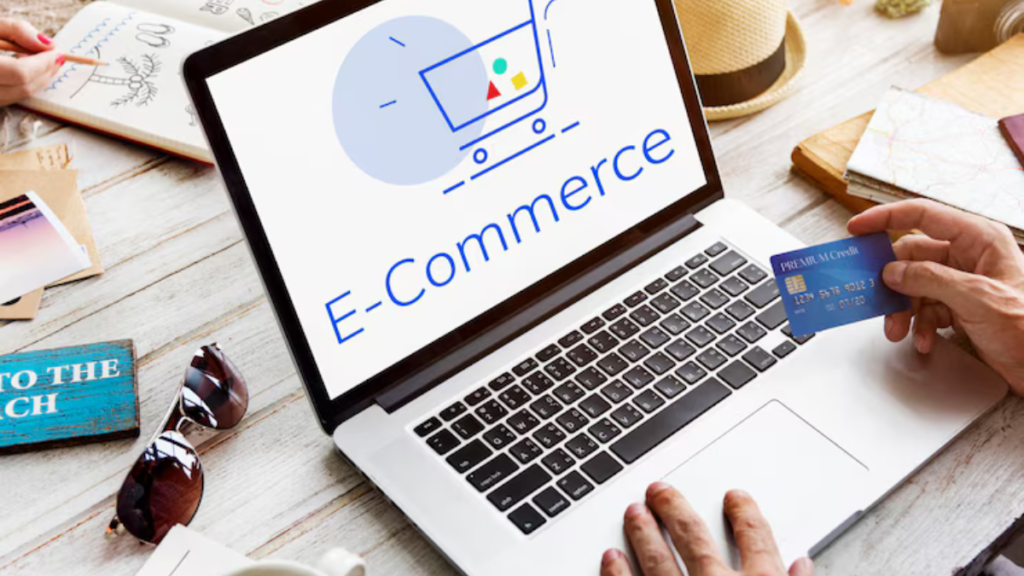Amita Desai, a 25-year-old finance professional, had just placed her grocery order on the popular Q-commerce platform when she received a message on her mobile phone informing her that her order would arrive within 30 minutes. Taking one last look at her order, she noticed a message advertising a new brand of scrubbing sponge that promised superior cleaning results. The product and price were appealing, so she quickly added the item to her shopping cart.
Desai's last-minute purchase was unplanned, prompted by the product, price and clever ad placement on the order page — the world of online impulse buying, which today accounts for around 30% of average order value (AOV) on Q-commerce platforms, according to the industry.

“Impulse buying is as prevalent online as it is offline, and in fact, with the help of artificial intelligence, it can be quite effective online.
“This creates a call to action for retailers that can lead to last-minute purchases and unplanned additions to shopping carts,” Ramanathan explains.With improved data analytics and predictive tools, recommendations and suggestion prompts from online players are becoming more targeted by the day.However, some experts believe that with the increased focus on unit economics, e-retailers, especially Q-commerce giants, are looking to optimize delivery costs.
“Online impulse buying has been driven by the promise of convenience and fulfilment of e-commerce and q-commerce. This trend is also driven by optimisation of inventory and delivery costs,” said Shashank Randev, founder of venture capital firm 100X.VC in India.
For example, e-commerce sites such as Amazon
For example, furniture retailer IKEA has seen an increase in impulse buys with limited-edition home décor and home furnishing collections, says Bhavana Jaiswal, country e-commerce head, IKEA India. Impulse buys increase when the price is affordable, the design and aesthetics are appealing, or the product is not available anywhere else.
“There can be many reasons for impulse buying,” Jaiswal says. “Consumers may not want to miss out on a limited edition product, or the evocative imagery on the app or website may be what prompts them to make a purchase.” For example, a consumer may be looking for a jar of dry food, but may also purchase an additional tealight holder or milk frother on the IKEA platform, Jaiswal says. Consumers are attracted to the website or app's fast delivery options, which prompt planned and unplanned purchases. Customers also feel reassured by the 90-day return policy, which can also be a trigger to make a purchase, she adds.


